|
AuthorPaul Nicolaides is a landscape Architect from North London and Director of Ecospaces Limited ecological Landscape design & build contractors. His ambition is to help accelerate change to a more sustainable ecological society. A society that plans its urban environments integrating agriculture, wildlife habitat, natural processes, recycling, industry, and sustainable urban drainage. Above all Paul aims to integrate these disciplines and realise there compatibility both on a local and landscape level. Archives
July 2018
Categories |
Photos used under Creative Commons from Tauralbus, Kurayba, ChodHound, tristanloper, scott1346, Sustainable sanitation, RobBixbyPhotography, The hills are alive*, Bobby McKay., ell brown, ncwetlands.org, Drantcom, alh1, Verokark, U.S. Embassy New Delhi, John Brighenti, umseas, wuestenigel, nestor galina, Sander van Dijk, mikecogh, oatsy40, foundin_a_attic, ndrwfgg, The Garden Smallholder, Aaron Volkening, wallygrom, Sander van Dijk, Base Camp Baker, Local Food Initiative, Kansas Poetry (Patrick), blachswan, infomatique, Phil Roeder, aschutz57
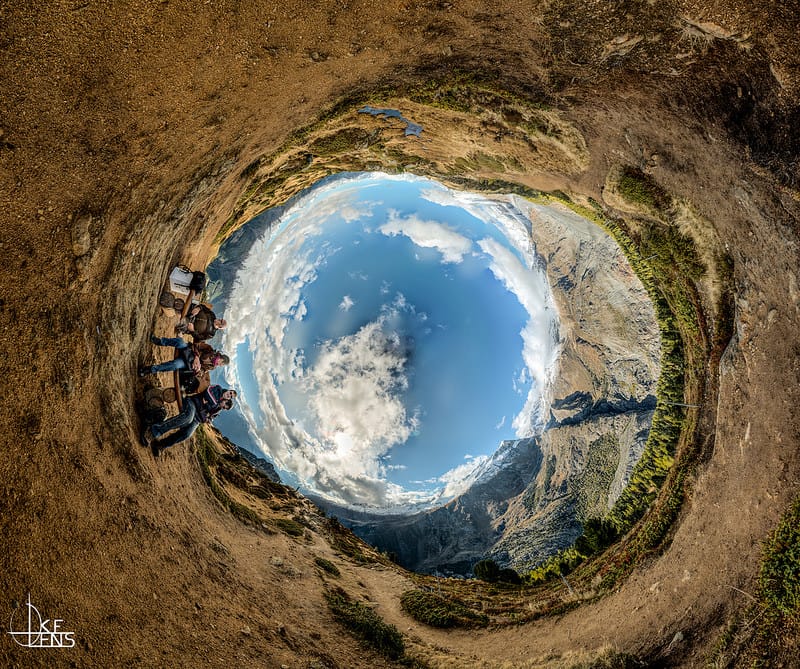
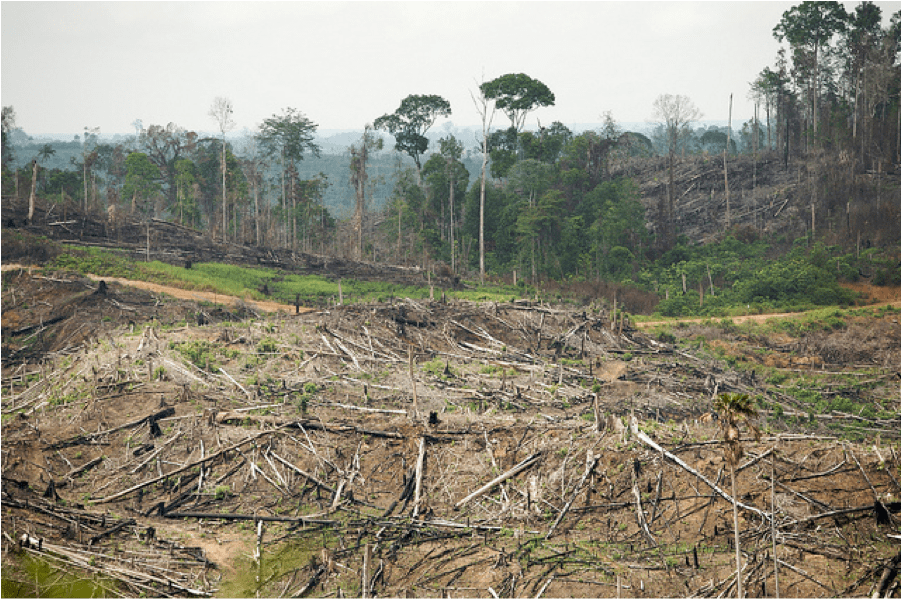
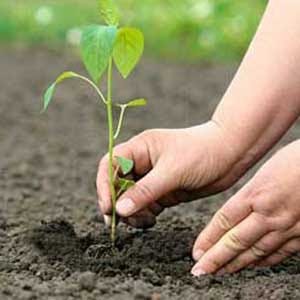


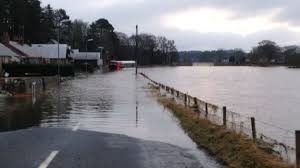

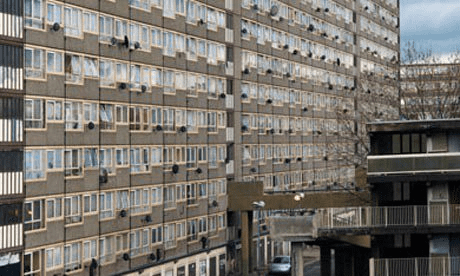
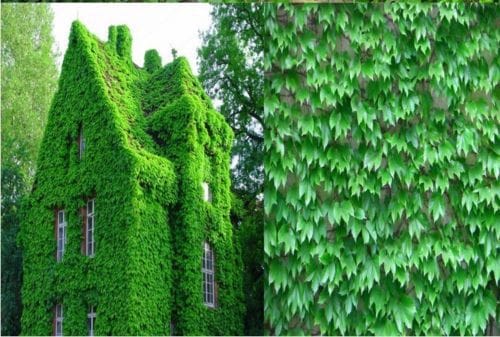
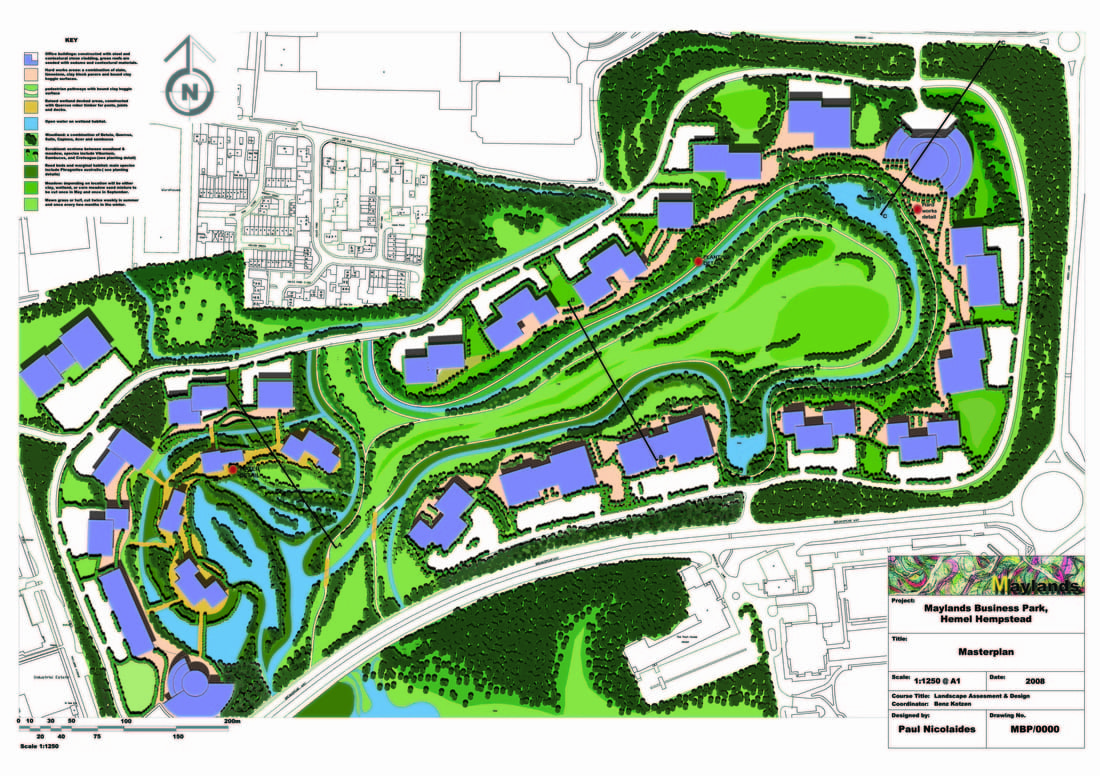
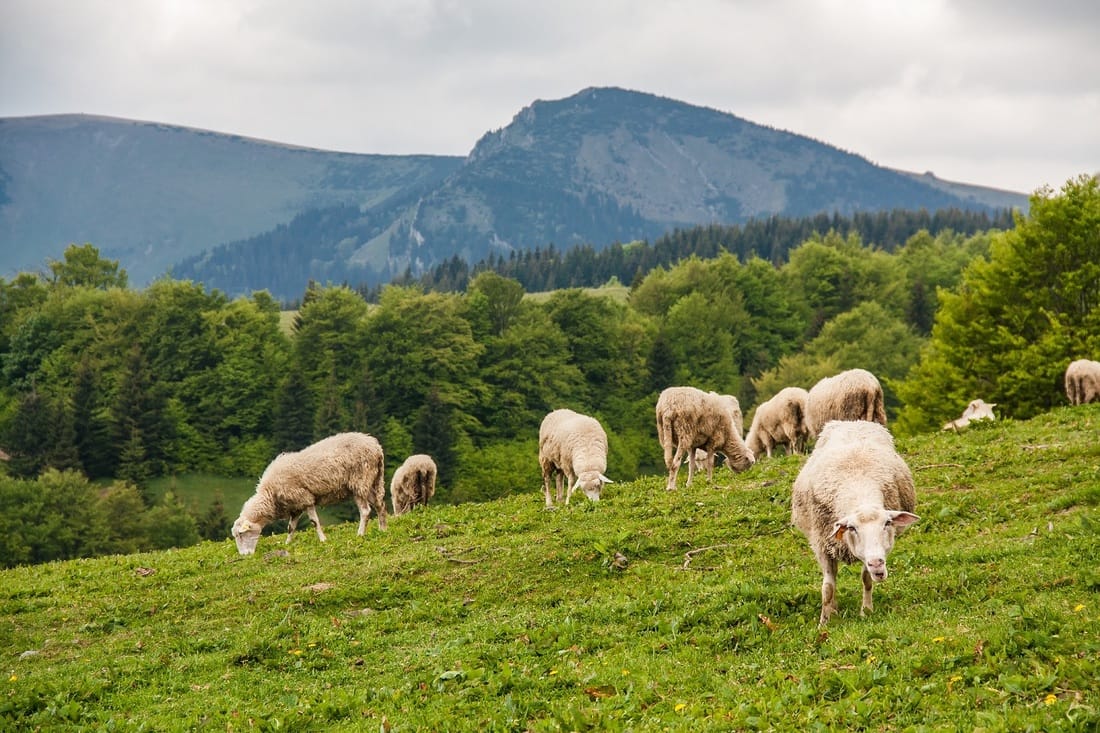
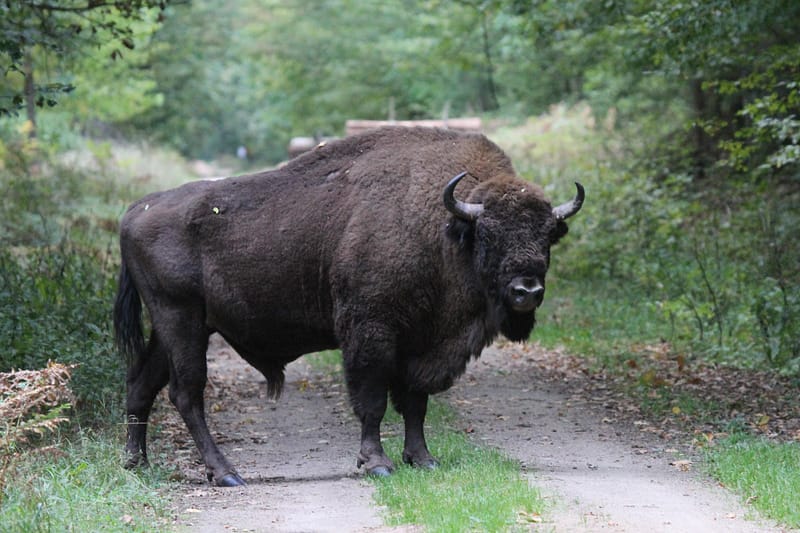
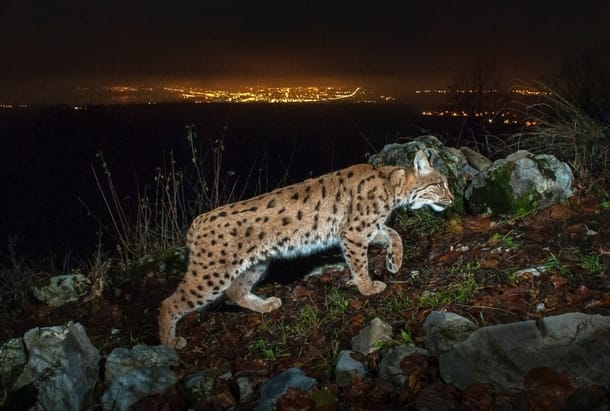
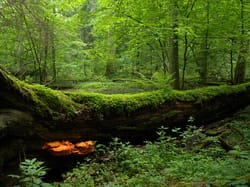

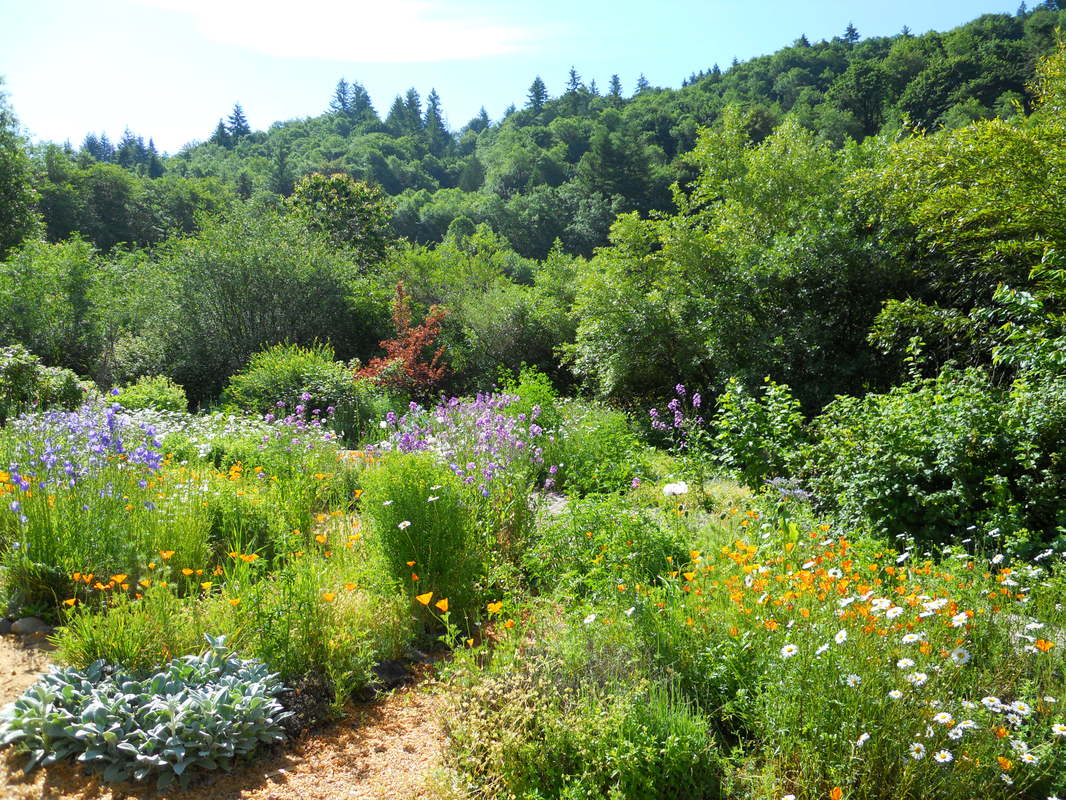
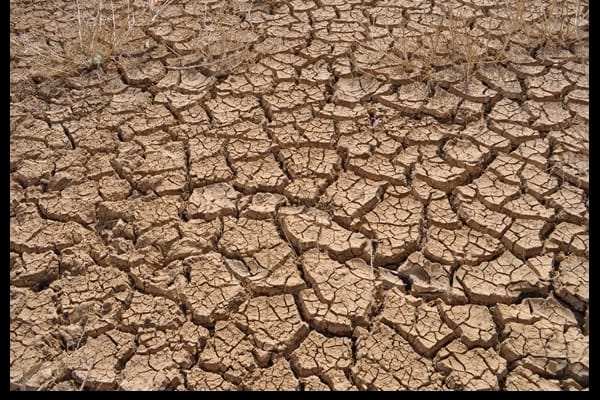
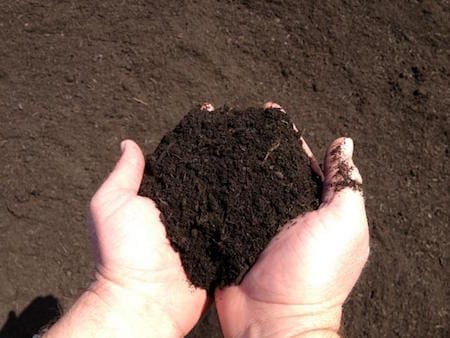

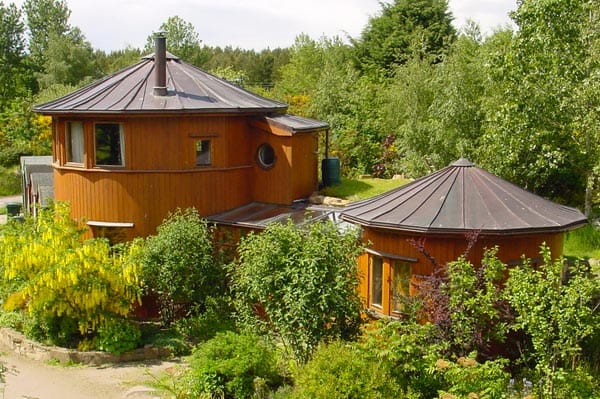
 RSS Feed
RSS Feed
